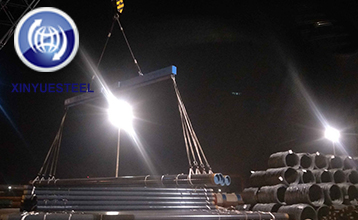Iron ore inventory is still low
Jun. 18, 2020
The current price trend of iron ore in June is still strong. The main contract price once approached the integer mark of 800 yuan/ton, and the 62% iron ore price index broke through US$100/ton to US$105.35/ton. At this stage, strong demand continues to support iron ore prices, superimposed on Brazil's supply disturbances, and it is expected that short-term iron ore prices will remain high and strong.
Supply shrinkage is not obvious
The recent strong increase in iron ore stems from the closure of the VALE mining area, but in fact the output of the mining area in the first quarter has declined significantly, a year-on-year decrease of 35.4%, a quarter-on-quarter decrease of 25.5%, the actual impact of the VALE mining area on iron ore supply is limited . In addition, VALE executives still reiterated that the 2020 production target will remain 310-330 million tons, and the volume sent to China is basically the same as last year. From the perspective of high-frequency shipment data, VALE has not yet been affected by the epidemic. The weekly shipment volume was 6.168 million tons, a new high for the year.

Looking back at the iron ore price trend since May, we believe that the supply contraction cannot fully explain the increase in iron ore prices. No matter from domestic imports or port arrivals, the number of overseas mines sent to China has not decreased significantly. From January to May 2020, the cumulative import of iron ore was 445 million tons, an increase of 5.10% year-on-year, which was only a decrease of 2.2 million tons from the same period in 2018. At the same time, the high-frequency arrival data shows that the domestic port arrivals are also increasing. As of the week of June 7, the cumulative arrival volume of domestic 26 port iron ore was 437 million tons, an increase of 100.957 million tons year-on-year, compared with 2018 Over the same period fell by 4.37 million tons. Among them, the arrival volume of Brazil was 77.107 million tons, a year-on-year decrease of 6.69 million tons, but the arrival volume of Australian mines increased by 28.91 million tons to 319.6 million tons year-on-year, completely making up for the reduction in Brazil and non-mainstream mines. It can be seen that although the epidemic has affected the global iron ore supply, non-mainstream mines and VALE have indeed decreased, but the increase in production in Australia is also significant. In addition, the reduction in overseas iron ore demand has returned to the country, and the domestic iron ore supply has not Shrink as expected.



